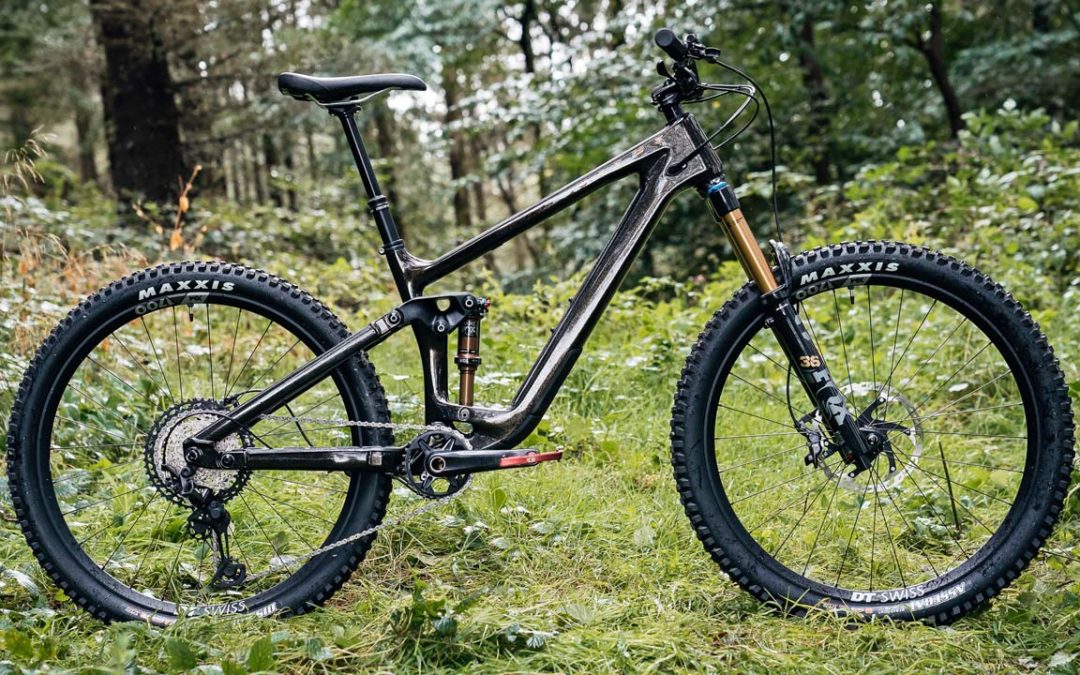Weight limits are put there for reasons. You would often see them in tags and signage. They are meant to keep things from breaking and people from getting injured. This is true in biking. Although the weight limit of bikes is not visible, you need to ask this: how much weight can a mountain bike hold?
The average weight limit for most mountain bikes is 300 pounds or 136 kilos. However, MTBs come in various sizes and are made with different components. This is the reason why their respective weight capacities may vary. Brands such as Specialized, Surly, and Trek have weight limits of 300 pounds. Cannondale, Diamondback, Electra, Giant, GT, Marin, and Raleigh, on the other hand, possess 305-pound weight limits. Fuji has the highest weight capacity so far at 355 pounds.
Why You Need To Adhere To MTB Weight Limits
“How much weight can a mountain bike hold?”―this is a question that you need to ask when you buy yours. You should take this seriously because it is a factor that determines whether the bike is right for you or not. The chances of accidents and road mishaps are reduced by adhering to them. Your mountain bike will also run long without repairs if you do not exceed its weight capacity since the parts and components are not burdened.
What Affects Weight Limits?
The amount of weight that a mountain bike are influenced by these factors:
Tires. If the bike got thin ones, it is not suitable to bear heavy loads. Fat tires, on the other hand, can bear weight much better since they can distribute the pressure.
Wheels. These components receive the most weight and impact. Those with large diameters tend to be brittle and so they cannot handle much load. On the other hand, smaller yet solid wheels that come with steel alloy or aluminum rims can handle a heavier weight.
Frame. Bikes with titanium and carbon fiber frames are light but brittle so they are not ideal for heavy loads. Aluminum frames can handle a decent amount of weight. The best choice for bikes with cargo or plus-size riders are those with frames made of steel or steel alloy.
Suspension. If the rider is heavy or tends to carry heavy loads, a rigid suspension is highly recommended. The usual ones installed are not stiff enough to absorb impact, thus having a lower weight capacity.
Seat and Handlebar. These parts aid in distributing the weight of the rider more evenly. Narrow seats are not ideal for heavy riders since the weight’s concentration is in the mountain bike’s center that puts pressure on all other parts.
In general, the design and materials of the mountain bike determine how big or small its weight capacity will be.
Why do you need to know how much weight can a mountain bike hold? It is because your health, safety, and comfort are greatly affected by the MTB’s weight limits. It is also your duty as its rider to respect your bike’s boundaries.

